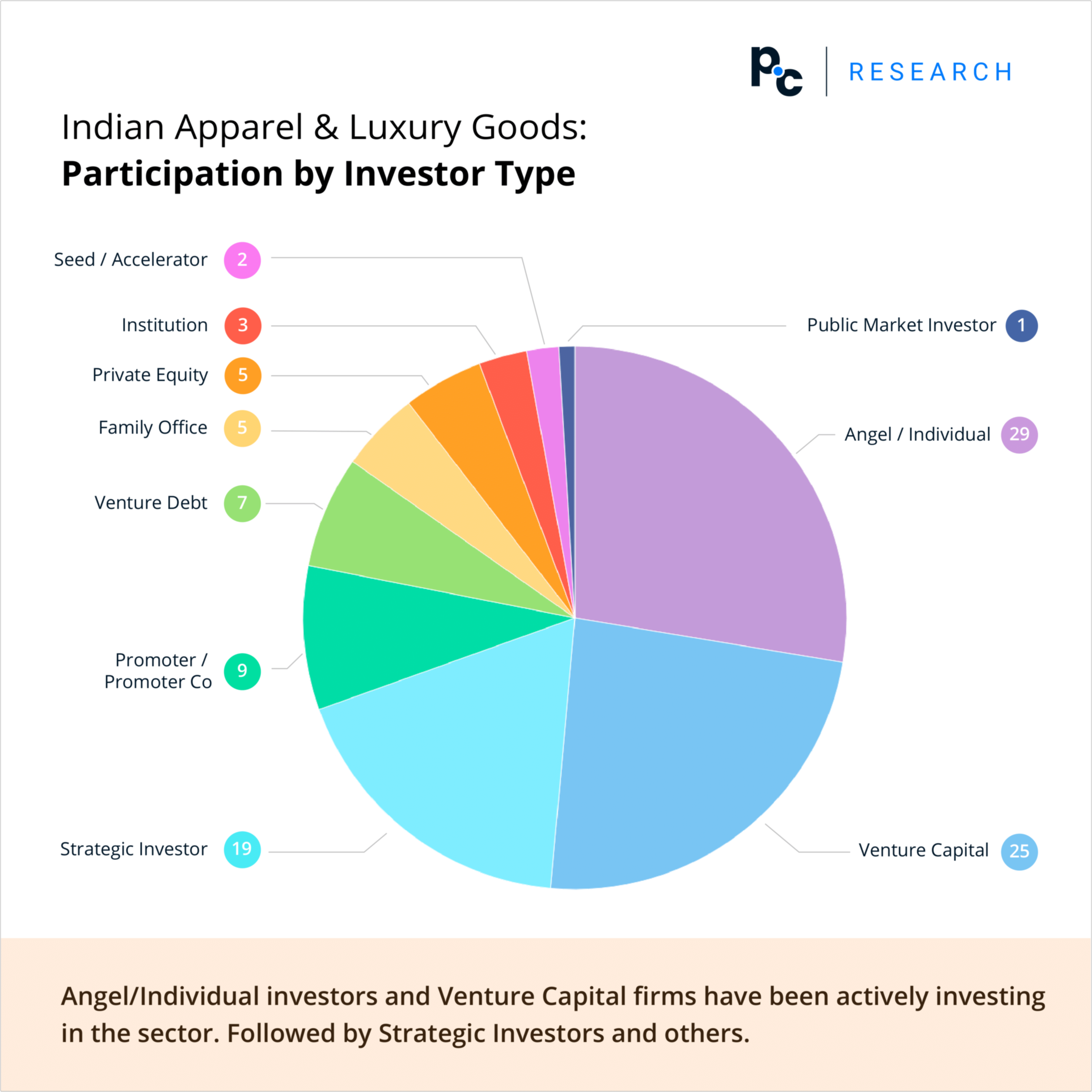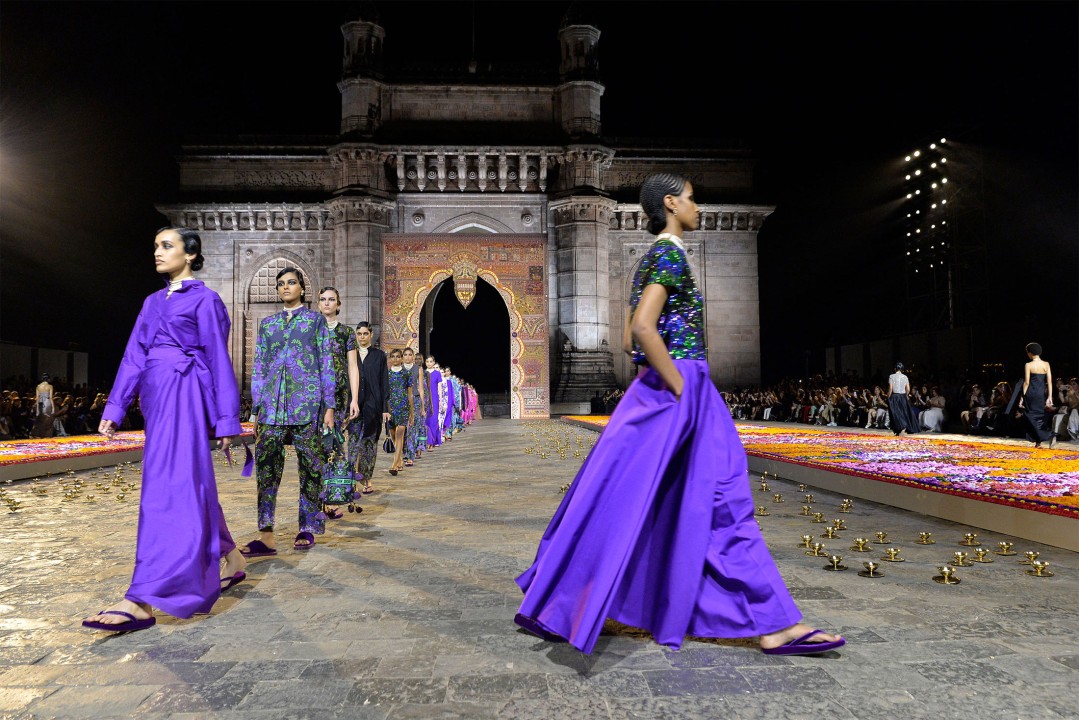India, with its booming economy and growing middle class, is emerging as a prime market for luxury goods and services. As the country continues to experience rapid urbanization and an increase in disposable income, the demand for luxury products and experiences is on the rise. In this article, we will explore the factors driving the growth of the luxury market in India and the opportunities it presents for luxury brands.
The Rise of India’s Luxury Market

Economic Growth and Increasing Disposable Income
India’s economy has been experiencing significant growth over the past decade, with a steady increase in GDP and per capita income. This has resulted in a rise in the number of high-net-worth individuals and an expanding middle class with higher purchasing power. As a result, the demand for luxury goods and services has witnessed a substantial surge.
Changing Consumer Preferences
Along with economic growth, there has been a shift in consumer preferences in India. The younger generation, often referred to as “millennials,” is more inclined towards luxury products and experiences. They value quality, exclusivity, and the status associated with luxury brands. This change in consumer behavior has created a favorable environment for luxury brands to establish and expand their presence in the Indian market.
Increasing Urbanization
India’s urban population is growing at a rapid pace, with more people moving to cities in search of better opportunities and a higher standard of living. Urban dwellers tend to have higher disposable incomes and a greater exposure to global trends and influences. This urbanization trend has contributed to the growth of the luxury market, as urban consumers are more likely to spend on luxury goods and services.
Key Sectors in the Indian Luxury Market

Fashion and Apparel
The fashion and apparel sector is one of the key segments of the luxury market in India. Luxury fashion brands from around the world are expanding their presence in the country, either through standalone stores or partnerships with local retailers. Indian consumers are increasingly embracing luxury fashion brands, with a preference for designer clothing, accessories, and footwear.
Beauty and Personal Care
The beauty and personal care industry in India is experiencing significant growth, driven by increasing consumer awareness and a desire for high-quality products. Luxury beauty brands are capitalizing on this trend by introducing a wide range of premium skincare, cosmetics, and fragrances. The demand for luxury beauty products is not limited to women but extends to men as well, with grooming and wellness gaining importance among the urban male population.
Automobiles
India’s luxury automobile market has witnessed steady growth in recent years. Affluent consumers are increasingly investing in high-end cars and SUVs, with luxury automobile brands expanding their dealerships across major cities in India. The demand for luxury cars is driven by a combination of factors, including brand prestige, advanced technology, and superior performance.
Hospitality and Travel
Luxury hospitality and travel experiences are gaining popularity in India. As more Indians travel abroad and experience luxury hotels and resorts, there is a growing demand for similar experiences within the country. Luxury hotel chains, boutique resorts, and experiential travel services are catering to the discerning needs of Indian travelers, offering personalized services and unique experiences.
Opportunities and Challenges for Luxury Brands in India
Untapped Market Potential
Despite the growth of the luxury market in India, there is still significant untapped potential. With a population of over 1.3 billion, there is a vast consumer base that is yet to be fully tapped by luxury brands. As more consumers aspire to own luxury products and seek premium experiences, there is an opportunity for luxury brands to expand their market share and establish long-term relationships with Indian consumers.
Localization and Cultural Sensitivity
To succeed in the Indian market, luxury brands need to understand the local culture and preferences. India is a diverse country with varied regional tastes and traditions. Luxury brands that adapt their products, marketing strategies, and customer experiences to cater to the Indian sensibilities are more likely to connect with consumers and build brand loyalty.
Infrastructure and Retail Expansion
As the demand for luxury goods and services grows, the need for world-class infrastructure and retail spaces becomes crucial. Luxury brands need to invest in creating flagship stores and boutiques that provide a premium shopping experience. Additionally, the development of luxury malls and shopping centers in major cities can further boost the growth of the luxury market in India.
Digital Transformation
The digital revolution in India has transformed the way consumers shop and interact with brands. Luxury brands need to embrace digital platforms and e-commerce to reach a wider audience and enhance customer engagement. Building a strong online presence, offering personalized digital experiences, and leveraging social media platforms can help luxury brands connect with tech-savvy Indian consumers.
Conclusion
India’s luxury market presents a promising growth opportunity for luxury brands across various sectors. With a growing economy, increasing disposable income, and changing consumer preferences, the demand for luxury products and experiences is on the rise. By understanding the local market dynamics, adapting to cultural nuances, and leveraging digital platforms, luxury brands can establish a strong presence in India and tap into the country’s immense potential. As India continues to evolve as a global economic powerhouse, the luxury market is set to flourish, making it an attractive destination for luxury brands looking to expand their footprint and capture new market share.

